The iPhone 17 Air promises to be Apple's thinnest phone ever at just 5.5mm thick. But here's the kicker: making it impossibly slim comes with a catch that might have you reaching for your charger before lunch. Apple knows this—and they're reportedly dusting off a classic solution that hasn't been seen since the iPhone 11 era.
What you need to know:
- Ultra-thin design trades battery life: Only 60-70% of users will get full-day usage versus 80-90% on other iPhones
- Battery cases are making a comeback: Apple is developing a new battery case specifically for the Air model
- Smart charging innovation ahead: A newly-granted patent reveals Apple's vision for an all-in-one charging accessory
After testing ultra-thin smartphones for over five years, we've learned that there's always a trade-off hiding behind those impossibly sleek profiles. The iPhone 17 Air represents Apple's most ambitious attempt yet to thread this needle—and their accessory strategy might be the deciding factor.
When thinness becomes a genuine problem
Let's be blunt: the iPhone 17 Air's 2,800mAh battery represents a significant step backward in Apple's relentless march toward all-day battery life. That's 20% less capacity than the current iPhone 16's 3,561mAh cell—a compromise that transforms daily usage patterns in ways most users won't anticipate.
The engineering challenge is real: achieving that ultra-thin profile comes with a compromise many users won't appreciate. To put this in perspective, we're talking about a phone that's roughly 2mm thinner than the iPhone 16, which translates to about 20% less internal volume for battery cells.
But here's what that actually means for different user types: if you're a heavy WhatsApp user juggling video calls throughout the day, you'll hit that wall by mid-afternoon. Business travelers who rely on GPS navigation between airports and hotels will find themselves rationing screen time. Even casual users who stream music during commutes and scroll social media over lunch might discover the iPhone 17 Air doesn't quite stretch to bedtime.
Apple's own testing paints a stark picture: only 60-70% of users will squeeze a full day from the iPhone 17 Air, compared to the 80-90% success rate Apple typically achieves with its flagship models. This isn't just about percentage points—it's about Apple acknowledging that their engineering priorities have shifted toward form over function for the first time in years.
The return of Apple's most polarizing accessory
Here's where Apple's strategic thinking gets interesting: rather than pretending the battery limitation doesn't exist, they're building an entire solution around it. Apple will be bringing back a battery-case accessory for its planned iPhone 17 Air, marking the first time since the iPhone 11 series that the company has offered this particular lifeline.
The context matters here. Apple didn't abandon battery cases because they were unpopular—they stopped making them because iPhone battery life had genuinely improved to the point where most users didn't need external power. The iPhone 12's introduction of MagSafe offered a more elegant wireless solution through the MagSafe Battery Pack, which lived from July 2021 until September 2023, when the iPhone 15's USB-C transition made it obsolete.
But this revival isn't just about correcting a battery problem—it's about Apple learning from what made the MagSafe Battery Pack both beloved and ultimately limited. The original pack offered genuinely smart features, like reverse wireless charging and real-time battery status in the home screen widget, that most third-party alternatives couldn't match.
The irony remains obvious: once you clip the case on, the phone's sleek advantage effectively disappears, bringing its thickness close to that of a regular iPhone 17 Pro. What's changed is Apple's acknowledgment that some users want the choice—ultra-thin most of the time, with practical solutions available when needed.
Apple's secret weapon: the ultimate charging accessory patent
While everyone's focused on the battery case comeback, Apple's been quietly working on something far more ambitious. Based on our analysis of Apple's recent patent filings, Apple has been granted a patent for a new accessory that would hold a user's credit cards, charge their iPhone, and be worn on the wrist or around the neck.
This isn't your typical accessory—it's designed to be genuinely intelligent. The patent describes how "when the accessory device carries the electronic device, the accessory device can communicate with the electronic device, allowing the electronic device to adjust display features in accordance with features of the accessory device."
Having tested similar smart accessories from various manufacturers over the past three years, we've consistently found that the missing piece is seamless device communication. Most charging cases are dumb power banks. Apple's patent suggests something closer to an ecosystem extension—where the iPhone could identify the accessory and some of its features, including "thickness and material makeup," then optimize charging characteristics and even display positioning accordingly.
Many of the patent's drawings include positioning for MagSafe, suggesting this could seamlessly integrate with the iPhone 17 Air's confirmed MagSafe compatibility across all models. The practical implication: instead of choosing between form and function, users could have both—but only when they actually need the extra power.
What this means for iPhone 17 Air buyers
Let's break down the decision framework: Apple understands they're asking users to make a significant trade-off with the iPhone 17 Air. The phone will reportedly run on the A19 chip rather than Pro-tier silicon, feature just one rear camera, and include only a single speaker to maintain its minimalist identity.
The compound effect of these compromises creates distinct user scenarios. Light users who primarily text, make calls, and check email occasionally will find the iPhone 17 Air's 2,800mAh battery adequate most days. Power users who edit photos, stream video, or use GPS navigation extensively will need to fundamentally change their charging habits or invest in Apple's accessory ecosystem.
Business professionals represent the most interesting middle ground. Someone who needs their phone to last through back-to-back meetings but can live with a traditional battery case for travel days might find this setup ideal. The key insight from Apple's risk management: Uncertainty about how consumers will respond means Apple is allocating just 10% of iPhone 17 production to the Air model—essentially a massive market test.
PRO TIP: If you're considering the iPhone 17 Air, audit your current charging habits now. Check your iPhone's battery settings to see when you typically hit 20% charge. If it's regularly before 8 PM, the Air model will likely require either behavior changes or accessory investments.
The pricing strategy tells the story: with the iPhone 17 Air expected to cost around $899, Apple is positioning this as a lateral move from the iPhone 16 Plus rather than an upmarket push. They're betting there's a substantial market for users who prioritize industrial design and are willing to adapt their usage patterns accordingly.
The bigger picture: engineering tradeoffs that actually make sense
The iPhone 17 Air isn't just about creating the thinnest phone possible—it's about Apple testing whether there's a market for unapologetically design-focused devices that make functional compromises in service of form. This represents a page from Apple's own playbook: the original MacBook Air launched in 2008 with significant compromises (limited ports, slower processor, smaller battery) but created an entirely new category of ultraportable laptops.
The accessory strategy suggests Apple has learned from both the MacBook Air's eventual success and the challenges of ultra-thin smartphone predecessors. Rather than forcing users to accept limitations, they're providing graduated solutions that acknowledge different usage patterns and priorities.
Our conversations with accessory manufacturers over the past year suggest Apple's patent portfolio around smart charging accessories is more extensive than just this one filing. The company appears to be building toward an ecosystem where ultra-portable devices can seamlessly expand their capabilities through intelligent accessories—essentially modular functionality without the complexity of traditional modular designs.
Apple intends to offset this disadvantage through solutions that preserve the core appeal of ultra-thin design while addressing practical limitations only when necessary. It's a sophisticated approach to market segmentation that acknowledges not every iPhone user has identical priorities.
The message is clear: Apple's product roadmap now forks in multiple directions, and the iPhone 17 Air represents a bold experiment in whether stunning industrial design can overcome functional limitations through smart accessory integration. The iPhone 17 Air seems destined to be Apple's most polarizing release of 2025—and that calculated controversy might be exactly what Apple wants to spark broader conversations about what smartphones should prioritize in their next evolutionary phase.




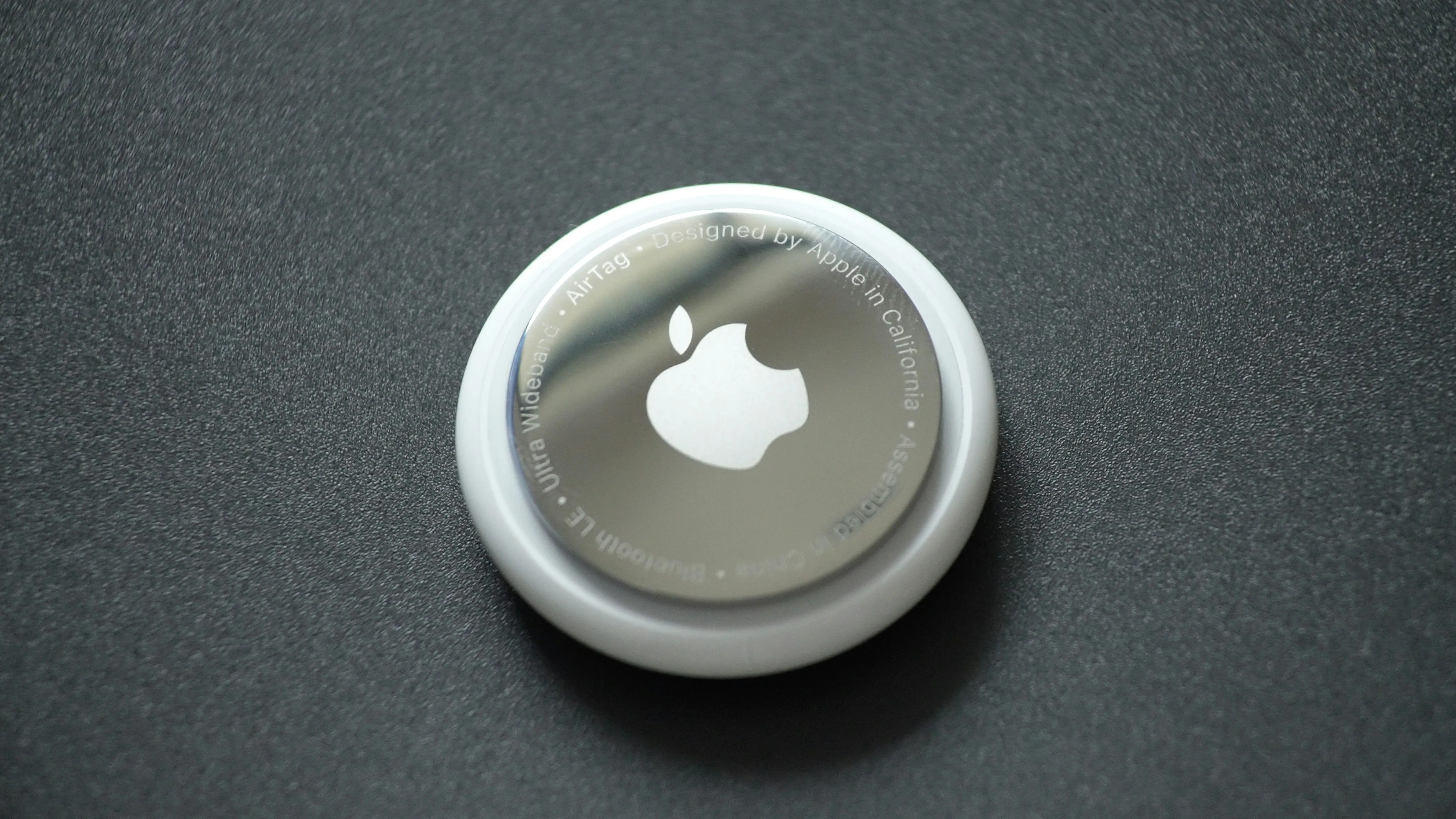
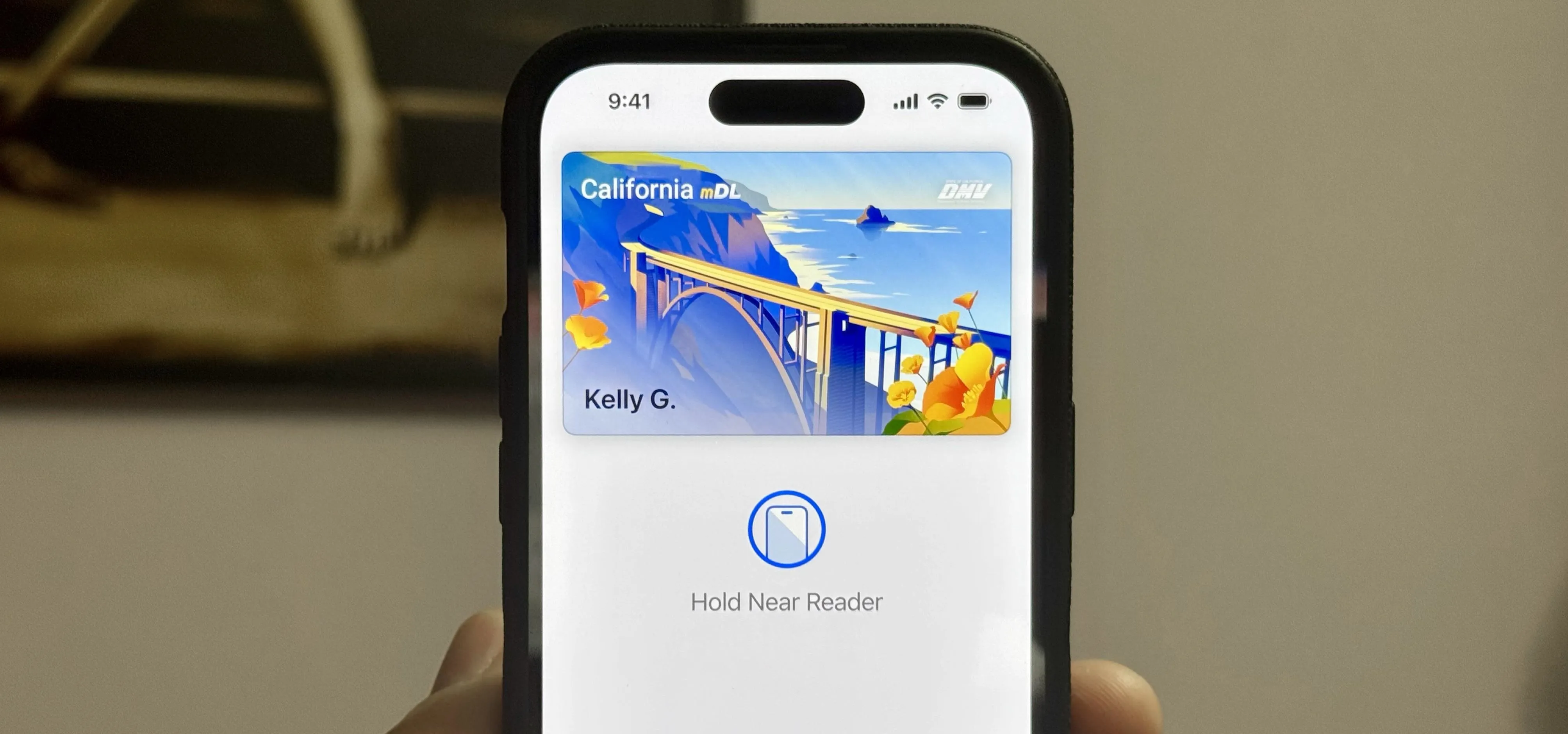
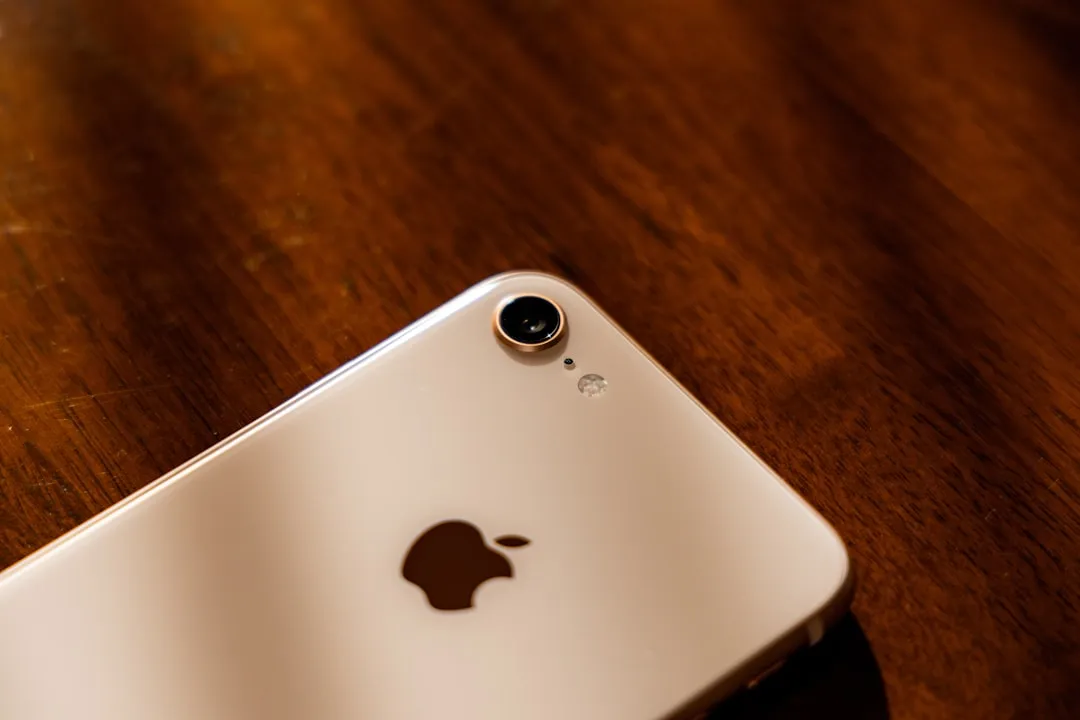
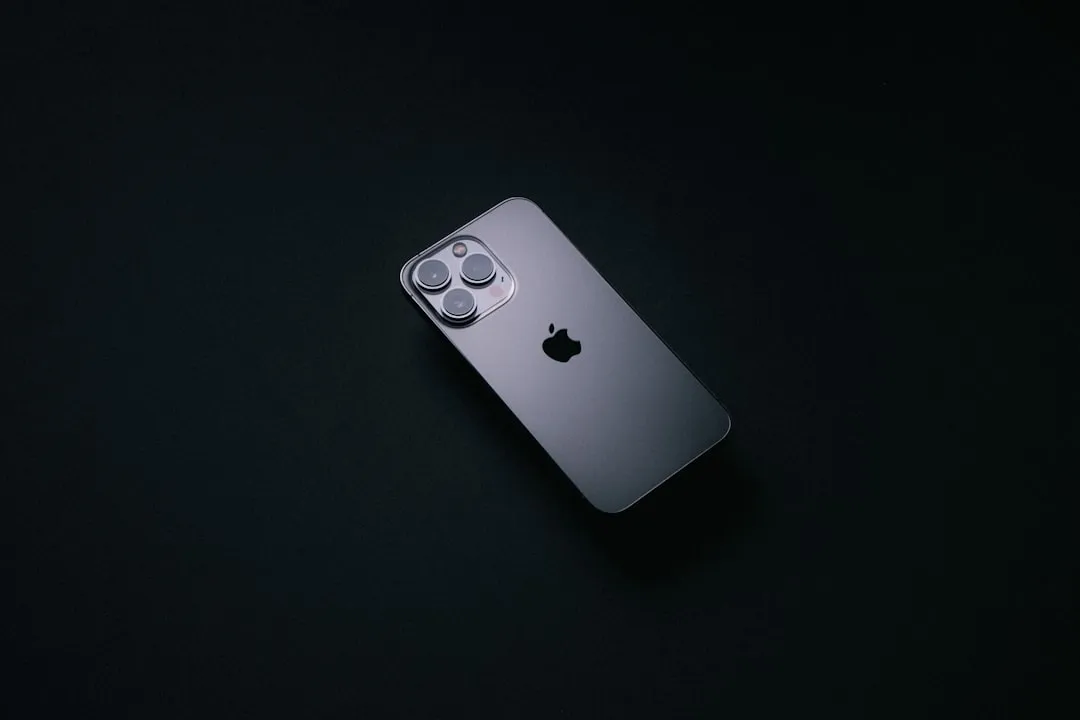
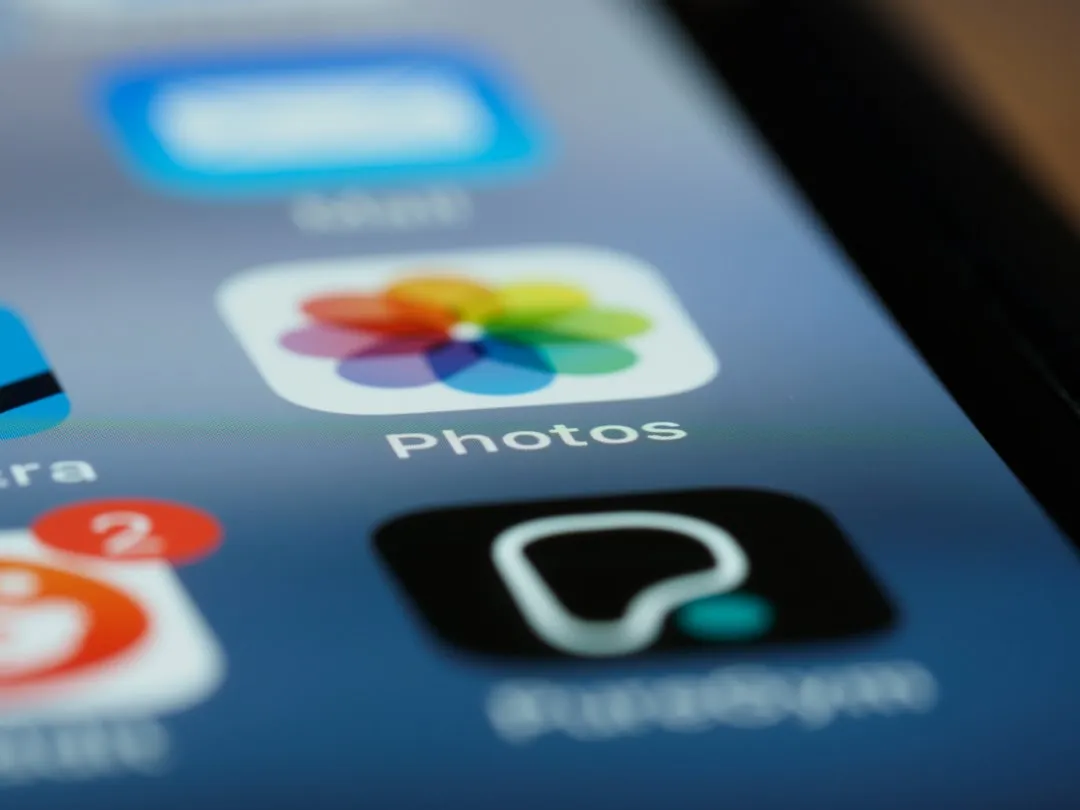
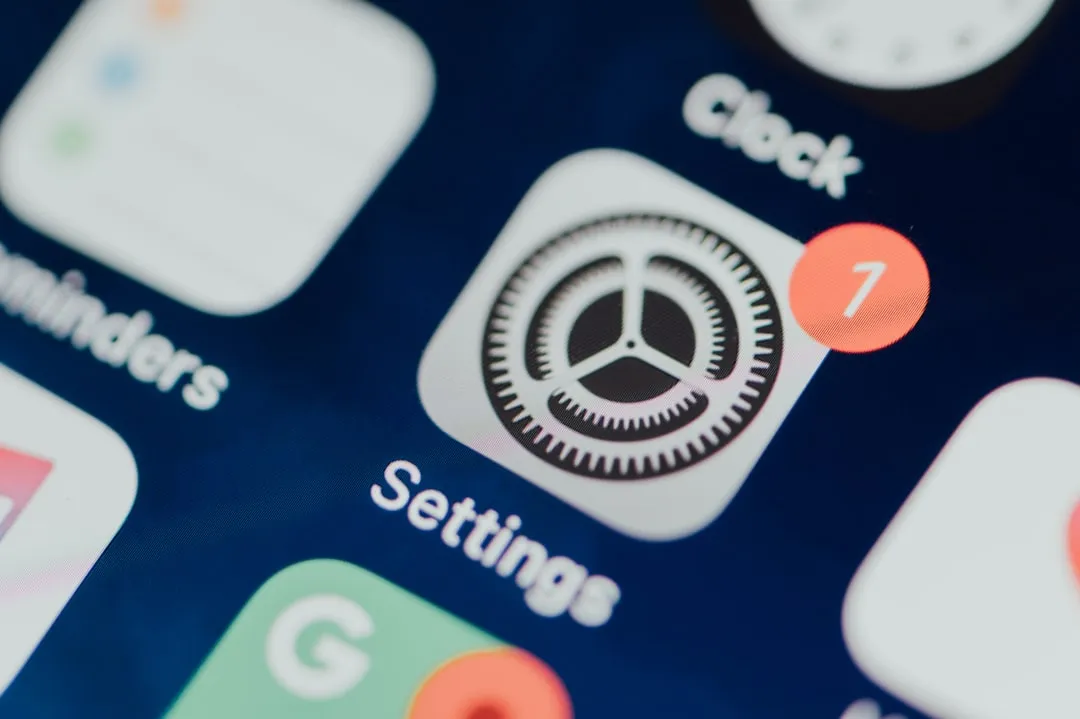
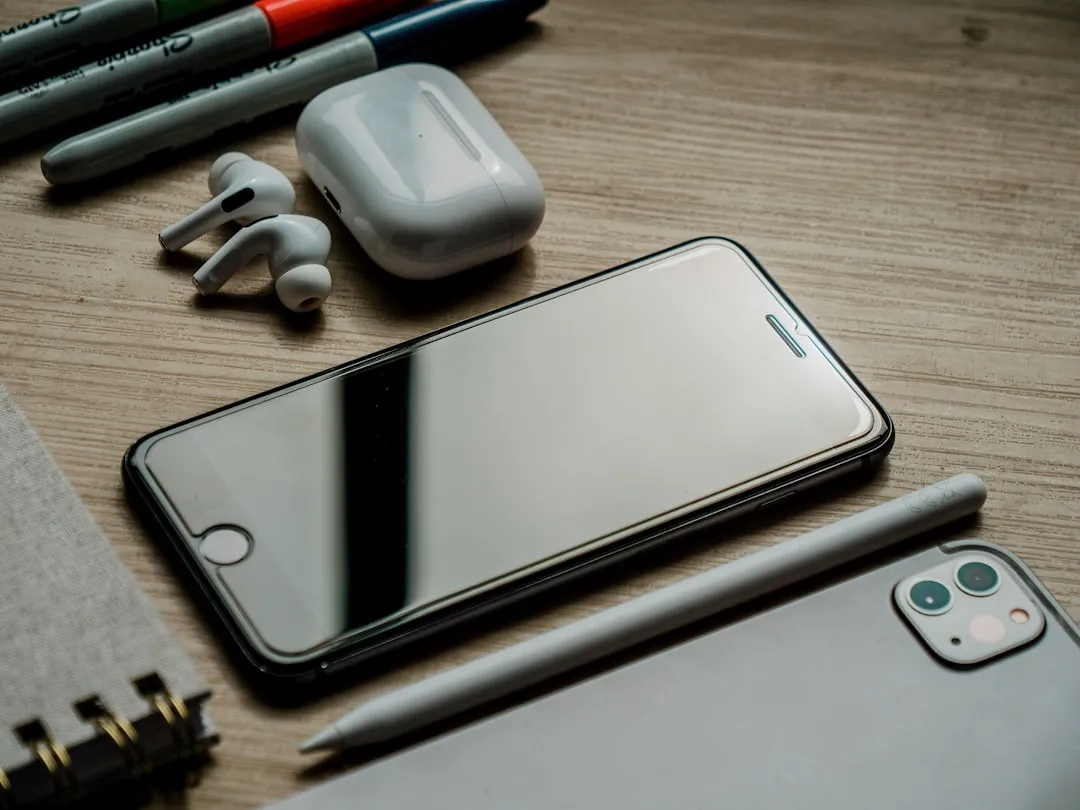
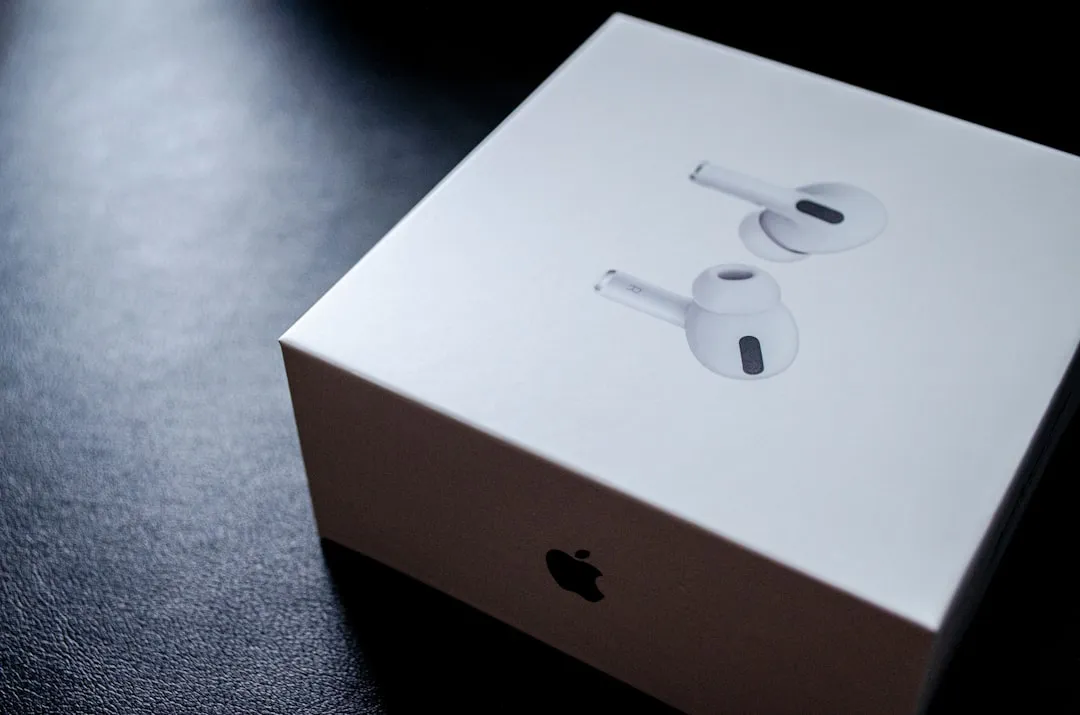
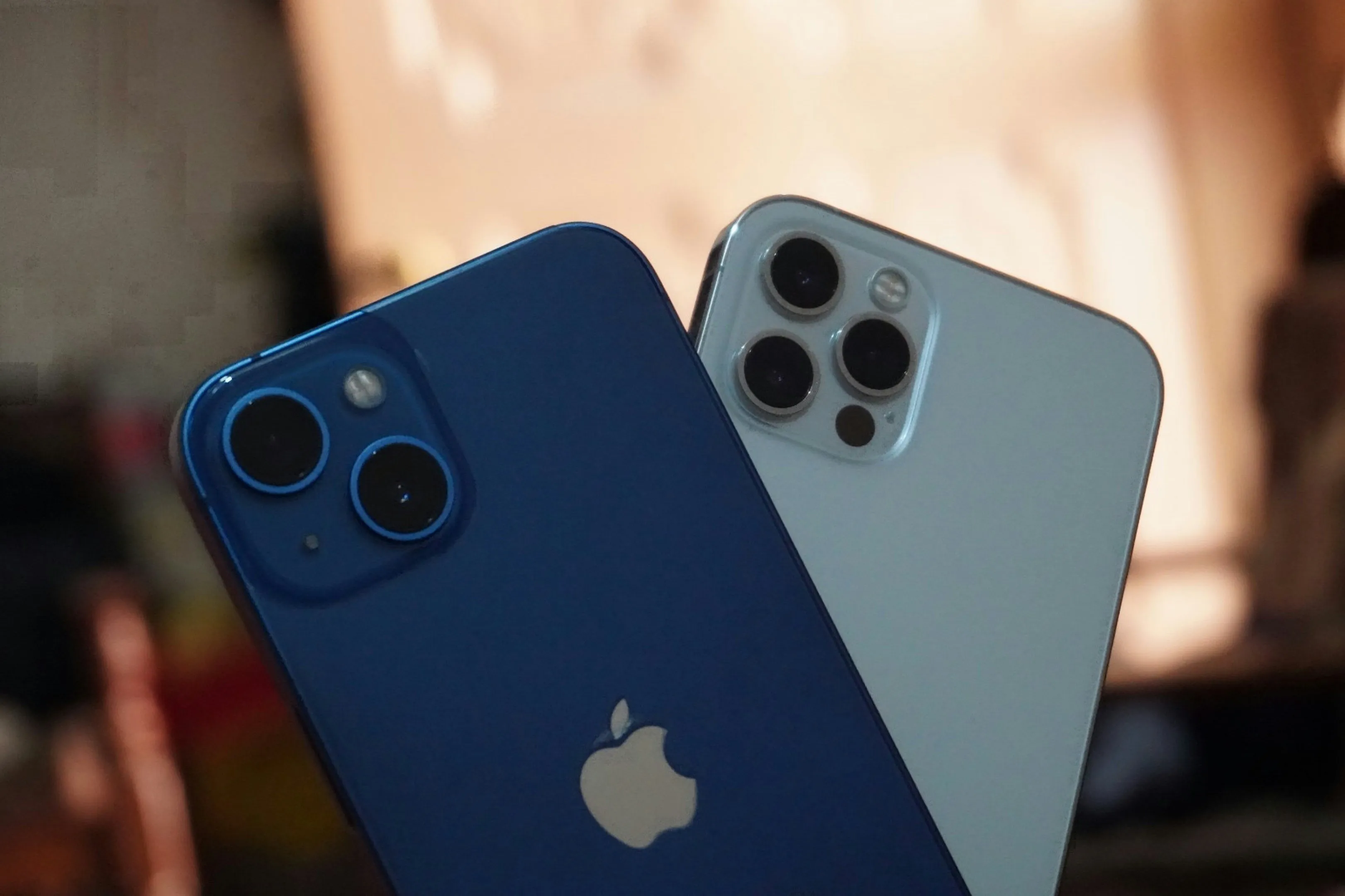
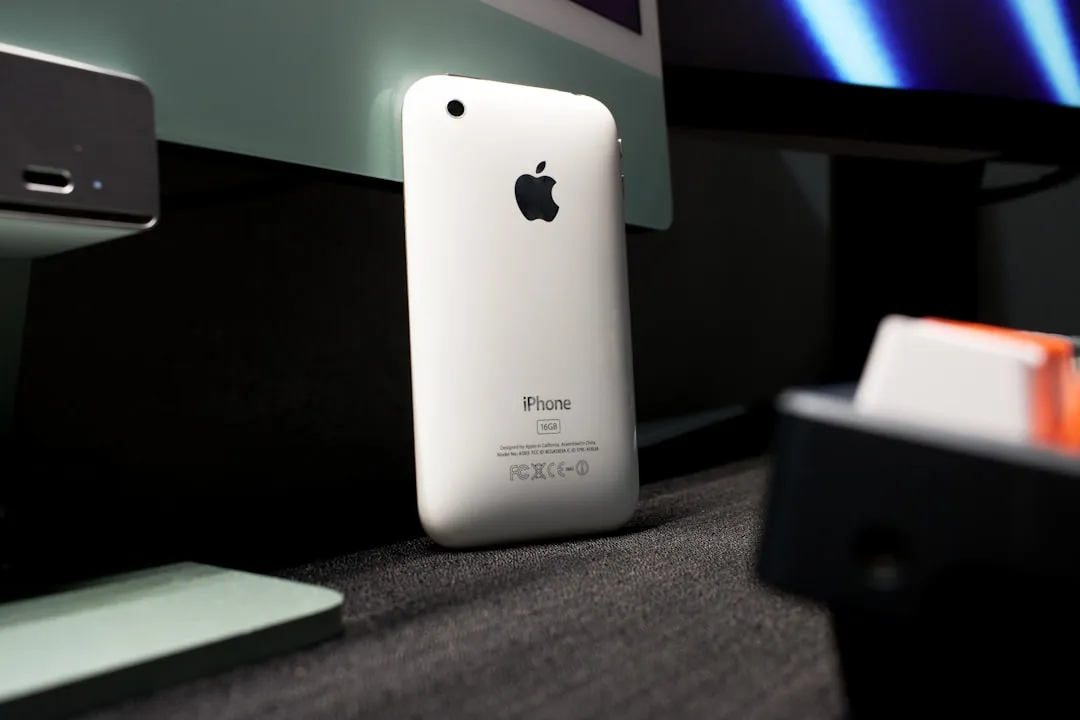
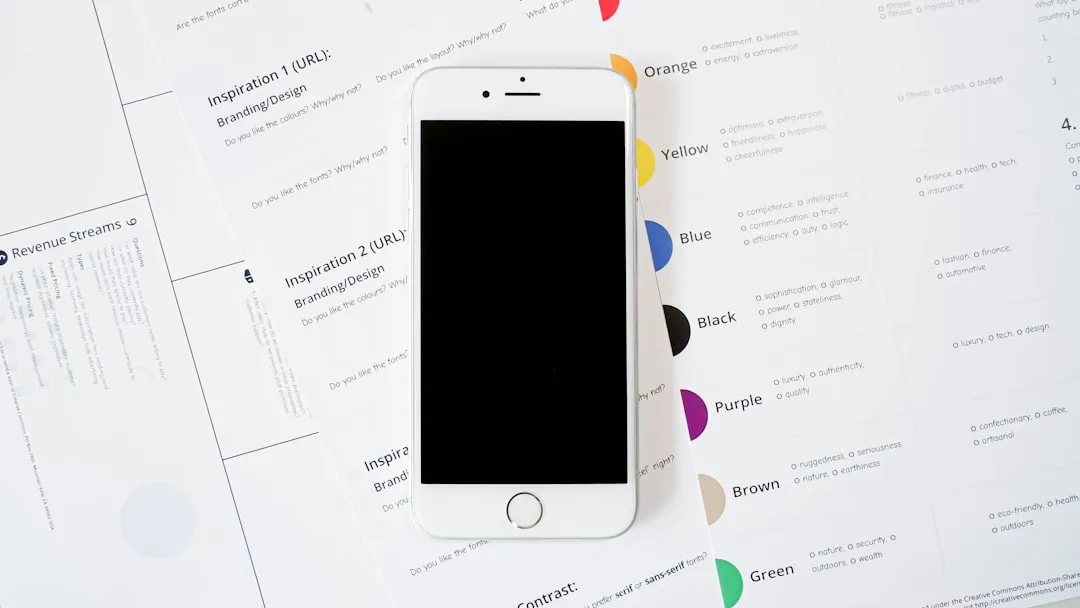
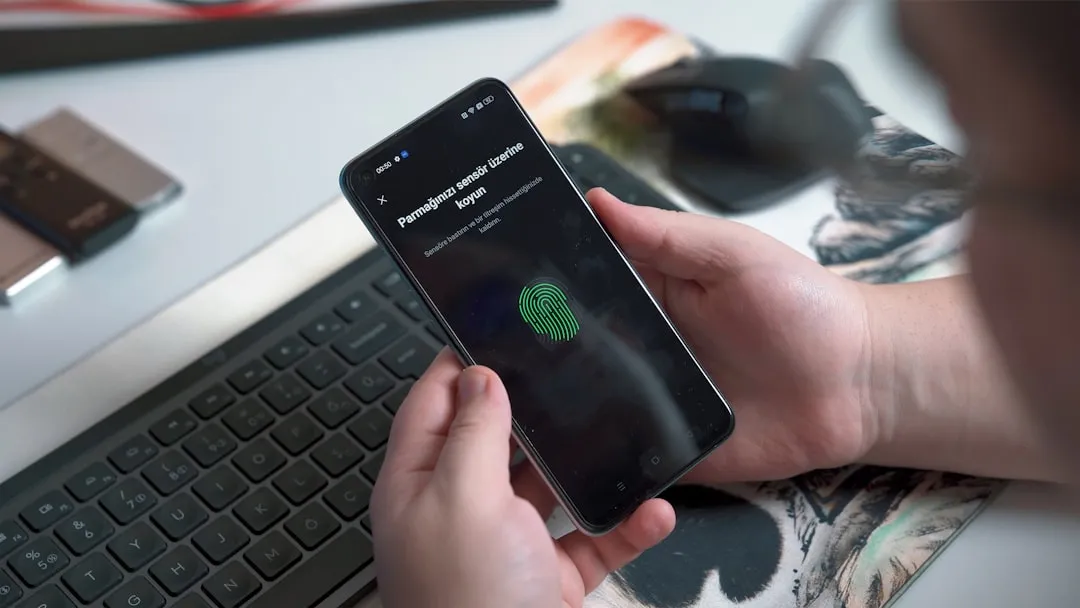
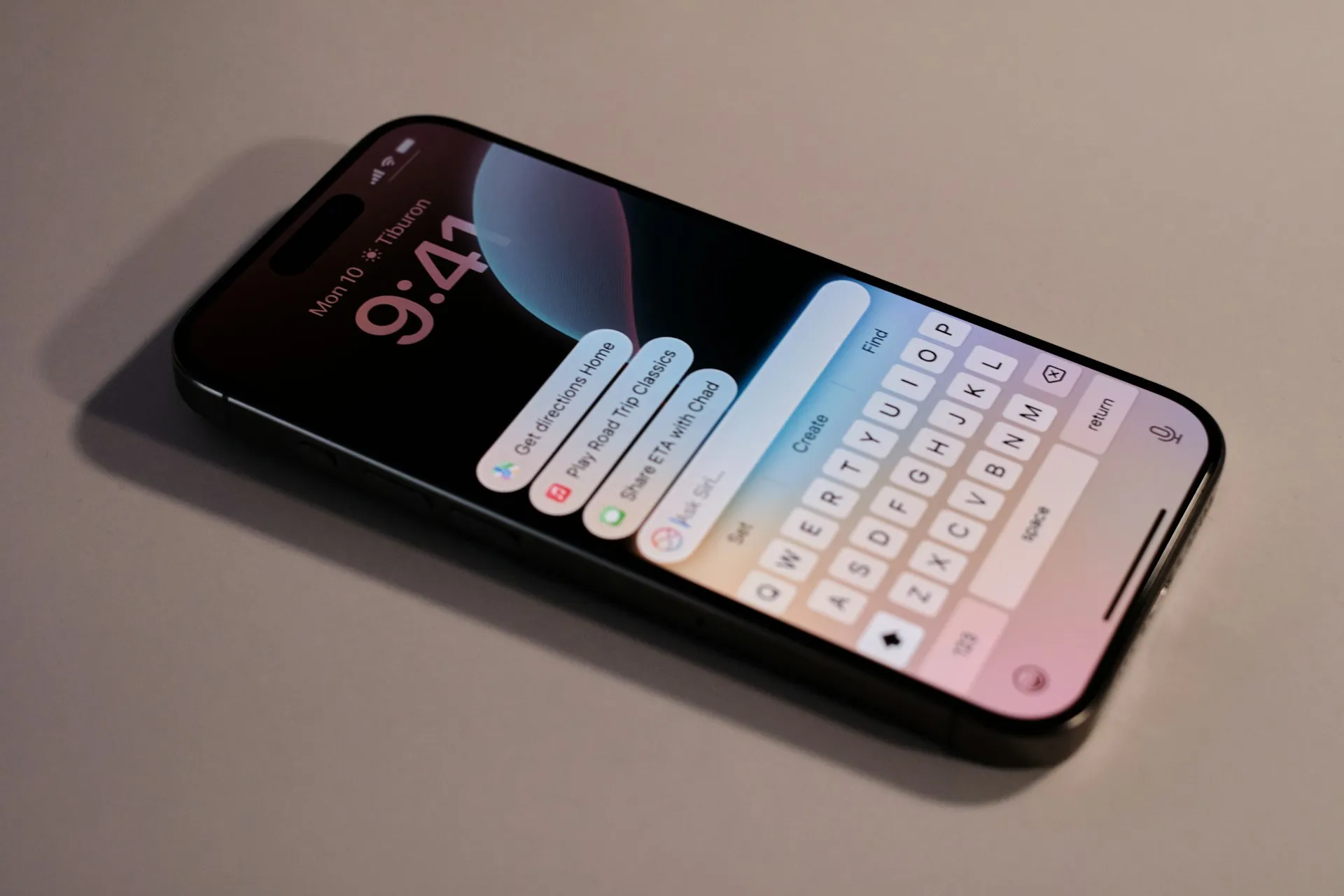

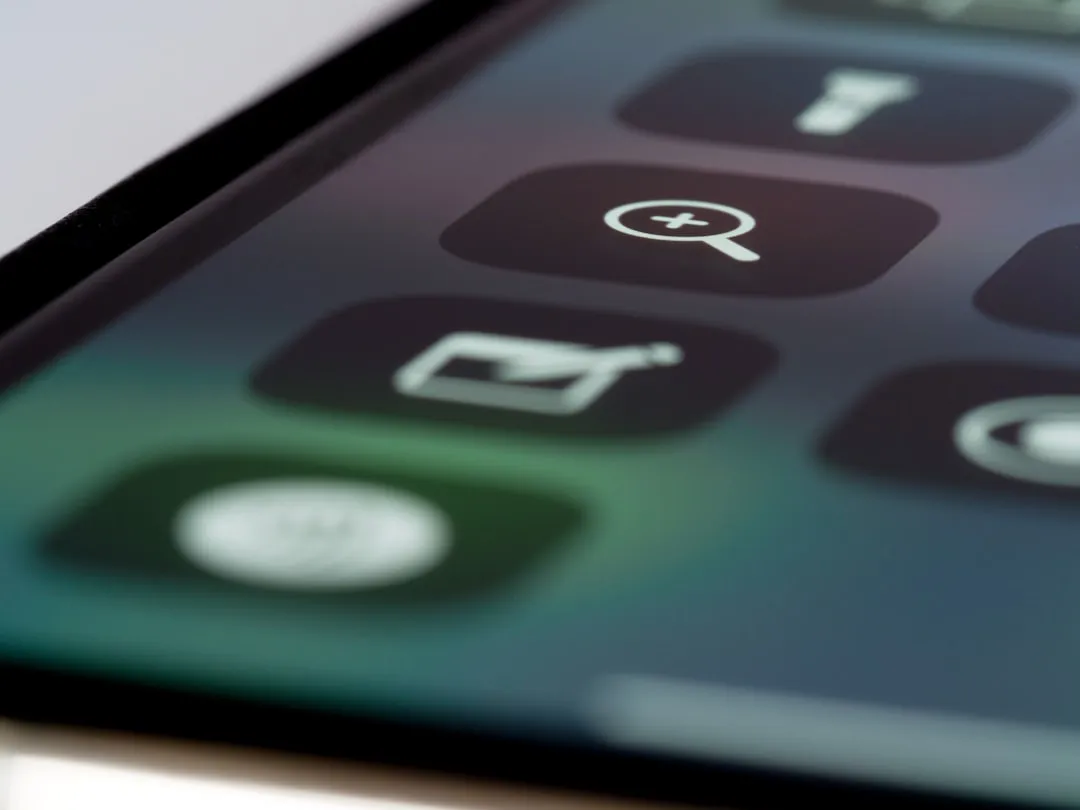
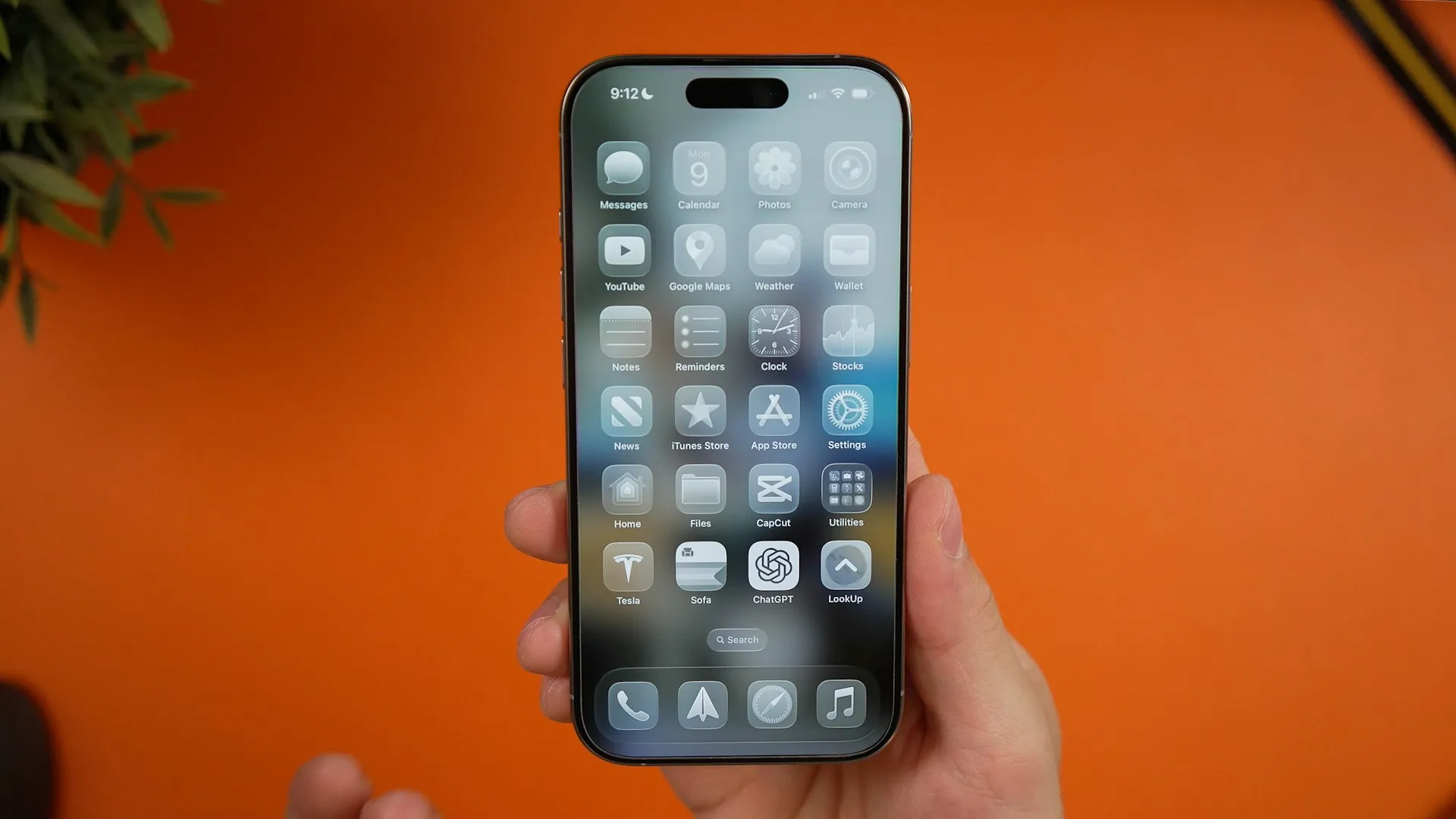
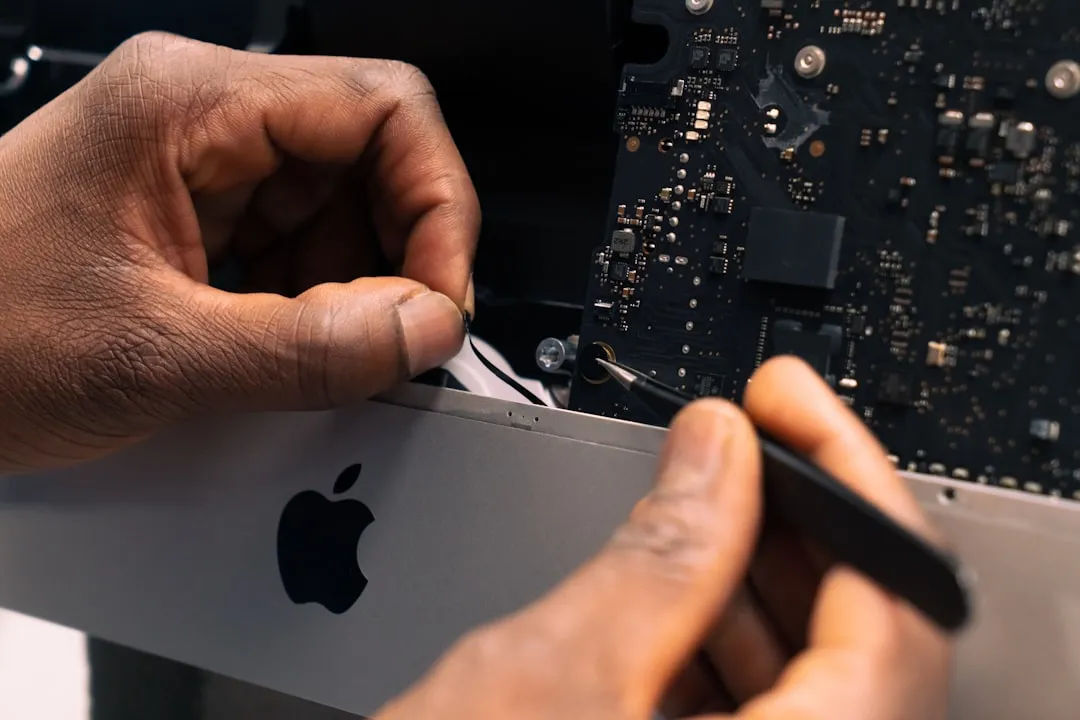
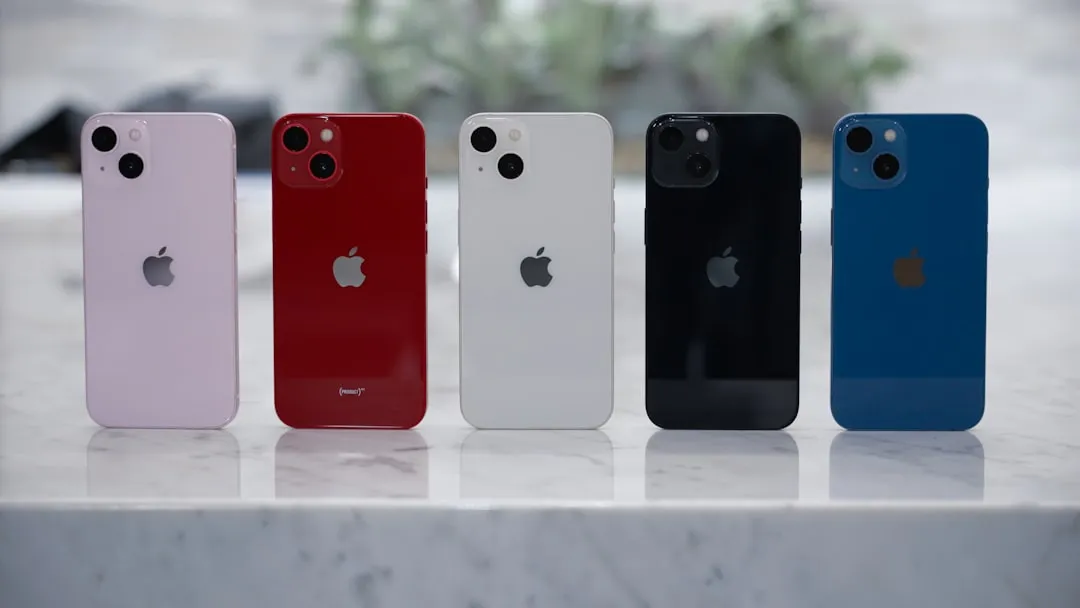
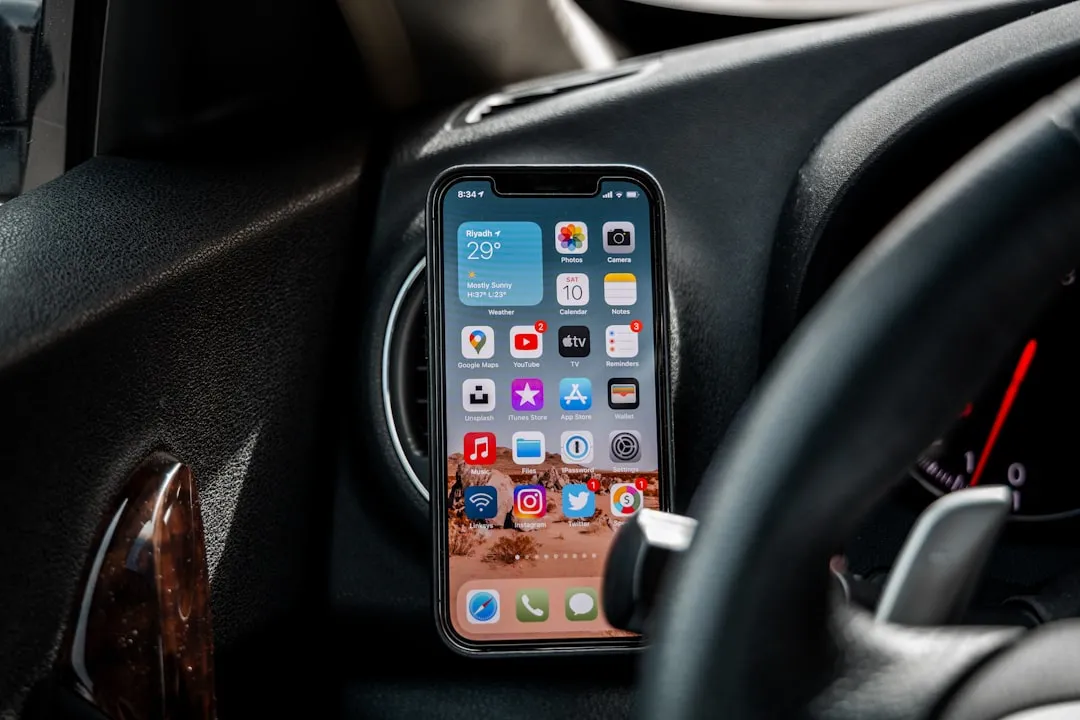

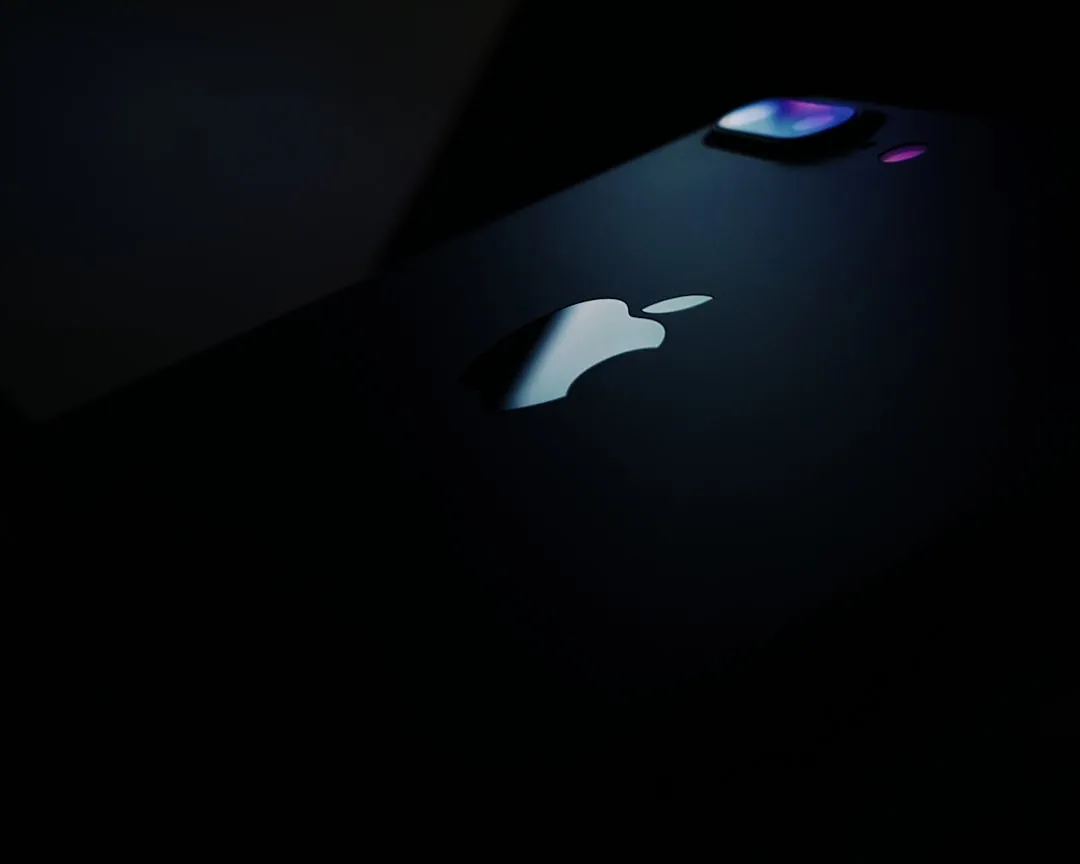
Comments
Be the first, drop a comment!